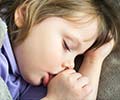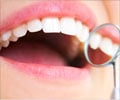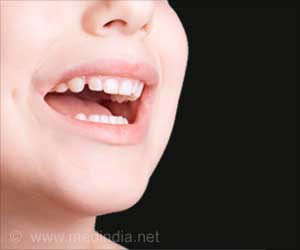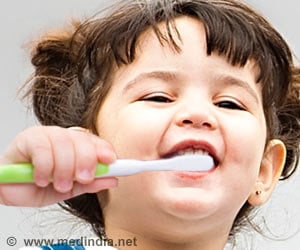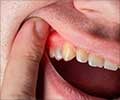- Teeth development in children - (https://www.betterhealth.vic.gov.au/health/conditionsandtreatments/teeth-development-in-children)
- Teething: Tips for soothing sore gums - (https://www.mayoclinic.org/healthy- lifestyle/infant-and-toddler-health/in-depth/teething/art-20046378)
- Teething tips: five things to try - (https://www.nct.org.uk/baby-toddler/teething/teething-tips-five-things-try)
What is Teething?
Teething is a natural process during which a tooth pushes through the gum and appears in the mouth. Babies are born with all 20 primary teeth below their gum line, and they typically begin to emerge between 6 and 12 months of age.
In rare cases, some newborn babies are born with teeth, referred to as natal teeth, occurring in about 1 in 2000 to 3000 live births. These natal teeth are often loose and are usually removed by a dentist to prevent issues with breastfeeding and aspiration risk.
When Does Teething Start?
Teething generally starts between 6 and 8 months of age, but some babies may not develop their first teeth until 8 months or even later. Delayed teething is usually normal and not a cause for concern.
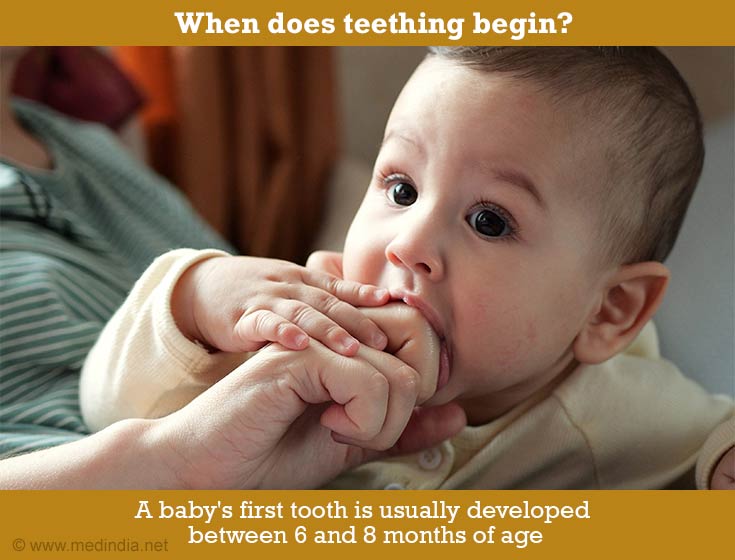
Symptoms and Signs of Teething in Babies
Teething symptoms typically manifest before the teeth actually break through the gums. These symptoms can vary from one baby to another and often include:
- Swollen and painful gums
- Increased fussiness and crying
- A slightly elevated body temperature (usually below 101°F)
- A desire to gnaw or chew on hard objects
- Excessive drooling, which can lead to a rash on the baby's face
- Occasional coughing
- Rubbing their cheek or pulling their ears
- Frequently putting their hands in their mouths
- Refusal of food due to pain and discomfort
- Disrupted sleep and increased irritability due to discomfort(1✔ ✔Trusted Source
Teeth development in children
Go to source)
It's important to note that teething can be painful, but it does not make babies sick. Symptoms such as diarrhea, vomiting, body rashes, high fever, or congestion are not typical signs of teething. If you notice bleeding gums or any signs of infection, it's advisable to consult a pediatrician.
Teething Pattern
The order in which teeth appear can vary among babies, often influenced by family history. However, the typical teething pattern involves:
- The lower front two teeth emergesfirst
- This is followed by the upper front two teeth and the adjacent teeth
- Subsequently, the teeth on either side of the lower front teeth appear, followed by the first molars
- The teeth in front of the first molars come next
- The back molars being the last to emerge.
Usually, all 20 primary teeth are in place by around 3 years of age. If no teeth have appeared by 9 months, it is advisable to seek guidance from a pediatric dentist.

Tips to Ease Teething Discomfort
To alleviate teething discomfort, consider the following tips:
- Wipe your baby's face to remove excess drool and prevent rashes.
- Offer your child something cool to chew on, such as a clean, damp washcloth, a chilled pacifier, a rubber teething ring, or a spoon.
- If your baby is eating solids, provide firm, unsweetened teething crackers or cold, soft foods like yogurt.
- For babies older than 6 to 9 months, offer ice water in a sippy cup.
- Gently massage the baby's gums with a clean finger or let them bite your finger if their teeth haven't yet erupted.
- To prevent newborns from biting while nursing, dip your fingers in cold water and massage their gums before feeding.
- Avoid putting anything besides water in a bottle, as formula, milk, or juice can lead to tooth decay.
- Teething gels and remedies may provide temporary relief for children 2 years and older. Use them with caution, and do not use them for children under 2 years of age(2✔ ✔Trusted Source
Teething: Tips for soothing sore gums
Go to source).
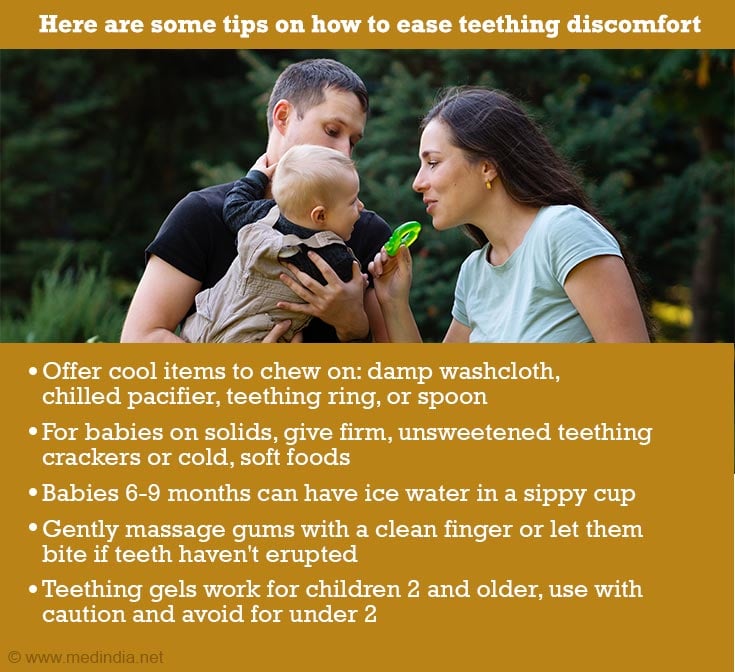
Treatment with Medicines
Consult a pediatrician for guidance on administering pain relievers like acetaminophen (Tylenol) or ibuprofen if your baby is clearly in pain. Be cautious with teething gels, as those containing choline salicylate and benzocaine can be harmful to infants. General oral pain management gels should not be used on young children.
Common Mistakes to Avoid During Teething
Avoid giving your baby anything to eat or drink that is not recommended as a teething aid by the manufacturer. Stay away from the following items, even if they are marketed as teethers or teething aids:
- Liquid Filled teethers that can break and leak.
- Teethers are made of breakable materials like plastic, which can pose choking hazards and may contain dangerous substances such as lead.
- Avoid putting anything around the child's neck, including teething rings.
- Do not apply anything cold directly to a child's gums.
- Refrain from cutting the gums to promote tooth eruption, as this can increase the risk of infection.
- Avoid using tooth powders.
- Do not clean the baby's gums with alcohol.
- Do not use homeopathic medications that may contain components unsuitable for young children(3✔ ✔Trusted Source
Teething tips: five things to try
Go to source).
What to Do with a Baby's New Teeth
To care for your baby's teeth, follow these steps:
- Before the teeth start to emerge, clean your baby's gums at least once daily with a wet washcloth or gauze.
- Once your child has teeth, continue cleaning their mouth in the same manner at least twice daily, preferably after feeding.
- Begin using a soft bristled baby toothbrush with water and a small amount of fluoride free toothpaste when your child turns one. Consult a pediatrician for an early dental checkup to assess the need for a dentist visit before the age of one.
Scheduling your child's first dental appointment around their first birthday is recommended by both the American Dental Association and the American Academy of Pediatric Dentistry. Regular dental care during childhood is crucial for ensuring a lifetime of healthy teeth and gums.


